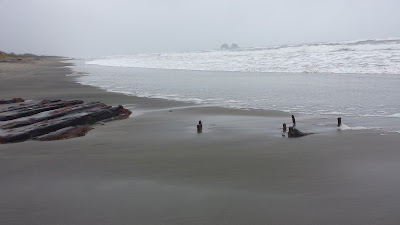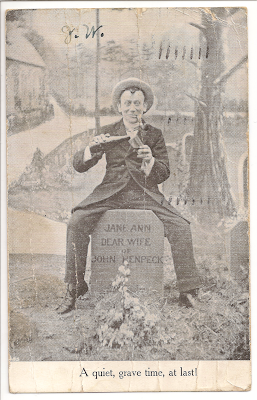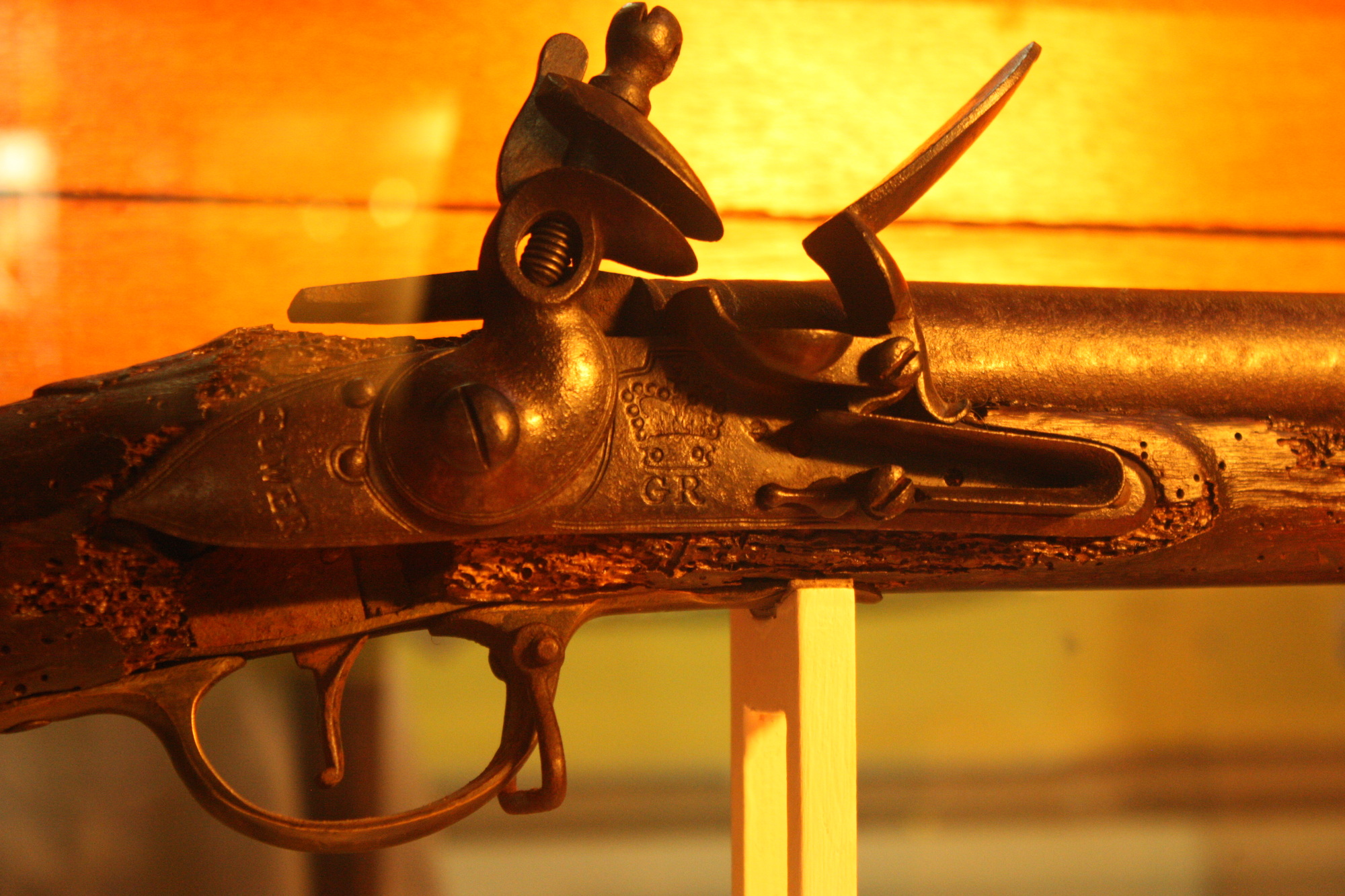 |
| Purleigh Church: All Saints |
In the past few weeks several distant cousins have contacted me, all interested in the same neglected branch of my family. Obviously, with so much outside interest, that branch can no longer stay neglected.
My paternal grandma
Aileen Underwood’s mom was Flora Amos, whose mom was Elizabeth
Filby, whose mom was Mary A. Howard. Until recently, that was very
nearly the extent of my knowledge about Mary A. Howard. I had found
her in the 1841 census, working as a housekeeper for her future
husband, John Filby. The previous household enumerated was headed by
a John Howard, who was of the right age and surname to be her father,
but I had never gotten around to seriously researching that
possibility.
I had researched the
John Filby family forward, finding their children, etc., after 1841,
but had done very little on Mary Howard’s roots. Once, someone
contacted me with the information that Mary Howard had given birth to
an illegitimate child before marrying John Filby, but as I could find
nothing to support that assertion in the documents I had compiled, I
soon dropped that line of research.
But now a wealth of
information has dropped into my lap! Although the Howard branch of my
family has been long neglected by me, it has not been
neglected by my new-found cousins. The task of evaluating and
compiling all this information has been delightful, but also
brain-twisting and, at times, downright confusing. It seems a good
idea to lay out the evidence and my thinking in a series of blog
posts as I reach conclusions.
The most basic
conclusion I have reached thus far is that Mary Howard did, indeed,
have an illegitimate child. I might never have found him on my own,
but he did exist. An abstract of the Purleigh baptismal register,
sent to me by one of my cousins, shows the baptism of “Joseph,
illegitimate son of Mary Howard, Purleigh, Spinster” on 1 Aug 1841.
Although he never appears in the same household as his mother, his
name is sometimes recorded as Howard, sometimes Filby, tying him with
this family. [I cannot take credit for originating these thoughts;
they were sent to me by one of my cousins. But I do agree with them.]
In the 1851 census he is found working as a servant under the name
Joseph Filby. He appears in the Jul-Aug-Sep 1860 quarter of the Civil
Registration Marriage Index, under the name Joseph Howard. Given the
volume and page number given, his bride is either Mary Kingsbury or
Ruth Peeke. The 1861 census quickly answers that question, as Joseph
and his wife Ruth are residing with her parents, John and Sarah
Peeke. Their surname is recorded as Filby. In 1871 Joseph, Ruth, and
their children are again recorded as Howard, but in 1881, 1891, 1901,
and 1911 the household is Filby.
In 1911,
conveniently, the person filling out the sheet apparently
misunderstood the instructions. Joseph and Ruth are on the first two
lines, with the information that Ruth had given birth to 11 children,
but only four were still living. The next eleven lines proceed to
list all 11 children, with the age they would be in 1911. They are
crossed out in blue, but still easily legible.
Sources:
1841 census of
England, Essex, parish of Purleigh, folio 23, page 5, household of
John Filby; digital images, Ancestry, Ancestry
(www.ancestry.com : accessed 8 Oct 2007); citing PRO HO 107/327/22.
1841 census of
England, Essex, parish of Purleigh, folio 23, page 6, household of
John Howard; digital images, Ancestry, Ancestry
(www.ancestry.com : accessed 23 Apr 2017); citing PRO HO 107/327/22.
(Purleigh, Essex,
England), "Baptisms 1813-1860," p. 126, no. 1002, baptism
of Joseph Howard (1841) (abstracted by Noel Clark); FHL microfilm
1,472,666.
1851 census of
England, Essex, Purleigh parish, Rochester ecclesiastical district,
folio 347, page 30, Joseph Filby; digital images, Ancestry, Ancestry
(www.ancestry.com : accessed 22 Apr 2017); citing PRO HO 107/1778.
Graham Hart, Ben
Laurie, Camilla von Massenbach and David Mayall, "England &
Wales, Civil Registration Marriage Index, 1837-1915," database,
Ancestry (www.ancestry.com : accessed 7 May 2017), entry for
Joseph Howard, volume 4a, page 255, Jul-Aug-Sep quarter 1860, Maldon
district; citing the General Register Office's England and Wales
Civil Registration Indexes.
1861 census of
England, Essex, District 3, Latchingdon, folio 45, page 17, household
of John Peeke; digital images, Ancestry, Ancestry
(www.ancestry.com : accessed 22 Apr 2017); citing PRO RG 9/1089.
1871 census of
England, Essex, Parish of Latchingdon Essex, District 3, Snoreham,
folio 53, page 23-24, household of Joseph Howard; digital images,
Ancestry, Ancestry (www.ancestry.com : accessed 22 Apr 2017);
citing PRO RG 10/1673.
1881 census of
England, Essex, Latchingdon parish, parliamentary borough and rural
sanitary district of Maldon, folio 40, page 2, household of Joseph
Filby; digital images, Ancestry, Ancestry (www.ancestry.com :
accessed 22 Apr 2017); citing PRO RG 11/1775.
1891 census of
England, Essex, civil and eccesiastical parish of Latchingdon, rural
sanitary district of Maldon, parliamentary division of S.E. Essex,
folio 12, page 1, household of Joseph Filby; digital images,
Ancestry, Ancestry (www.ancestry.com : accessed 22 Apr 2017);
citing PRO RG 12/1397.
1901 census of
England, Essex, Latchingdon with Snoreham Entire civil parish,
ecclesiastical parish of Latchingdon St. Michael with Snoreham St.
Peter entire, rural district of Maldon, Southeastern parliamentary
division, village of Latchingdon, folio 13, page 1, household of
Joseph Filby; digital images, Ancestry, Ancestry
(www.ancestry.com : accessed 7 May 2017); citing PRO RG 13/1690.
1911 census of
England, Essex, Deadway Bridge, Latchingdon, Maldon, Essex, household
of Joseph Filby; digital images, Ancestry, Ancestry
(www.ancestry.com : accessed 7 May 2017); citing RG 78, RG 14 PN
10204, registration district (RD) 196, sub district (SD) 2,
enumeration district (ED) 11, schedule number (SN) 2.





















